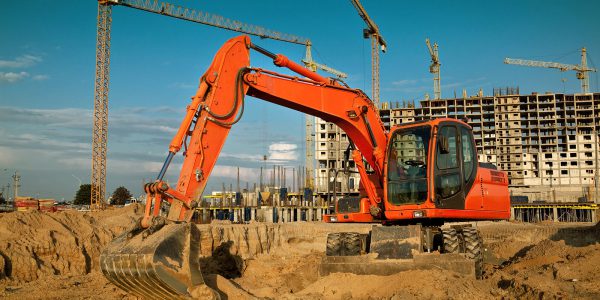School Structural Design Engineers
School Structural design Engineering is mainly the design of buildings and bridges, but can include any structure needed to support or resist loads. Loads can mean anything from the weight of a person in a room, to the weight of a car on a bridge, to the force of wind hitting the side of a building. It can be as small as designing a window opening or as large as designing the tallest building or the longest bridge in the world.
What does a School Structural Engineer do?
Well, an architect designs the way a structure looks (for example a building or bridge). A school structural design engineer takes the architect’s ideas for how the structure should look and figures out how to keep the building or bridge standing under expected loads. So the engineer will decide how big the support columns need to be or how thick the concrete floor should be.
An engineers job includes analysis (like calculating the weight of snow on a roof or of 18-wheelers on a bridge), meetings (working with the architect and other people), design (using computer programs to design the beams, cable, supports, etc., to make the structure safe), documentation (creating drawings like blueprints), construction (visiting the building site to check the work done by a contractor), and inspection/investigation (examining old buildings or buildings where there has been an accident).
- ema structural forensic engineers, forensic engineers, residential engineers, damage building inspections
https://local.yahoo.com/info-226535235-ema-structural-forensic-engineers-40-year-structural-inspections-daytona-beach
https://foursquare.com/v/ema-structural-forensic-engineers/57e262aa498ef4c3cf0558a3
https://ageoteng.co.uk/category/forensic-engineers-vero-beach/
https://www.fixr.com/sp.ema-structural-forensic-engineers.html
https://www.showmelocal.com/profile.aspx?bid=24613768
https://www.yelp.com/biz/ema-structural-forensic-engineers-orlando-5?osq=ema+engineers












